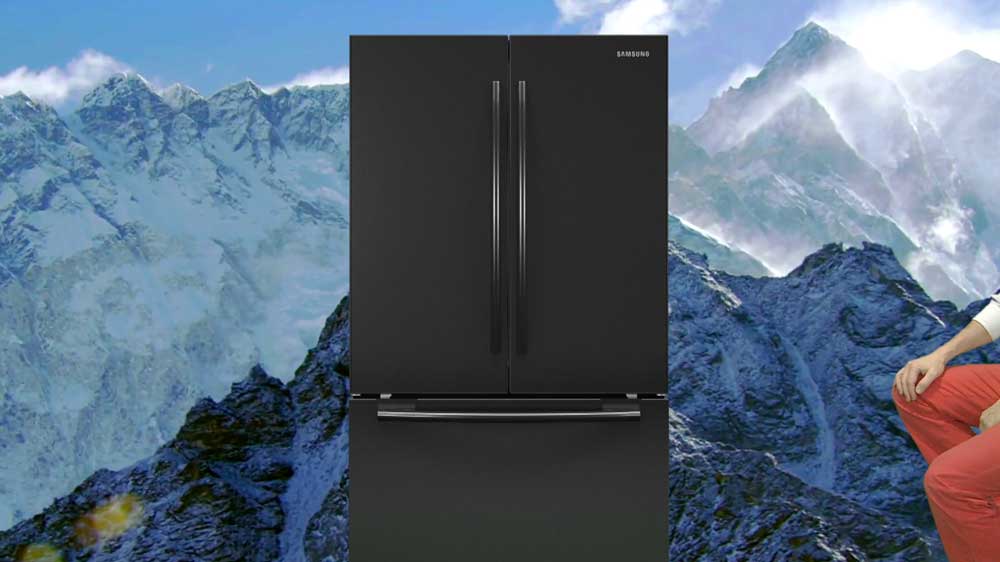Life Itself
Moderna Museet, Stockholm, Sweden
Moderna Museet, Stockholm, Sweden

The question of what constitutes life has been the subject of human pondering since someone first painted a bison on a cave wall. This is the opening proposition of ‘Life Itself: On the question of what it essentially is; its materialities, its characteristics …’, a group exhibition at Moderna Museet in Stockholm, curated by Daniel Birnbaum, Carsten Höller and Jo Widoff. The introductory wall text informs us that ‘attempts to answer this question by occidental sciences and philosophies have proven unsatisfactory’. In response, the curators have gathered the work of more than 40 artists, dating from the early 20th century to the present day, which explore where life begins and ends, touching on everything from metaphysics to artificial intelligence, society, biology, bodily functions, adaptation, regrowth and rebirth. The curators have chosen to forego explanatory panels and the rooms are neither thematically nor chronologically arranged. In the same vein, the accompanying publication is an imageless anthology encompassing two millennia of text, ranging from René Descartes and Franz Kafka to the Bible and Star Trek, which doesn’t elaborate on the exhibited artworks beyond a list of credits. Still, this consciously oblique relationship between the exhibition’s philosophical questions and the artworks themselves feels apt given the metaphysical bent of the show’s premise.
The first work to greet the visitor is Mark Leckey’s installation GreenScreenRefrigeratorAction (2010) – a singing fridge that performs a tune with lyrics from its own user manual and advertisements, appearing to have a mind of its own. In Josh Kline’s Forever 27 (2013), a part-animated, part-acted Kurt Cobain talks about his life post-1994 – the year in which he died – in a fictional television interview. Here, we are firmly placed in the realm of hyperrealism, where representation precedes and determines reality. Who’s to say that everything which appears to be alive isn’t? In De Anima (350 BCE), Aristotle provided the following definition of life: ‘It is self-nourishment, growth and decay that we speak of as life.’ According to this logic, Hicham Berrada’s two illuminated vitrines, Présage, tranche (2007–15), are teeming with life. Akin to flourishing coral reefs, the contents of these vitrines generate actual chemical reactions and, over the course of the show, the minerals will grow and eventually stagnate. A more explicit treatment of birth and death appears in Monica Englund’s photographic series ‘A Birth’ (1982), documenting a woman giving birth, and Damien Hirst’s With Dead Head (1991), a portrait of the artist as a teenager grinning next to a decapitated head in a morgue.

Social life is explored in Höller and Rosemarie Trockel’s Silberfischenhaus (Silverfish House, 1999), a remodelled overhead projector housing a commune of silverfish. The space provides for all their needs – gloom, food and humidity. As viewers, we stand there observing the monotonous existence of these household pariahs. But, every now and then, the overhead lamp flashes, leaving the inhabitants in a state of terror as they desperately search for darkness. (Had silverfish been deemed intelligent or cute, the exhibition would probably have been forced to close.)
While ‘Life Itself’ provides no universal definition of life, that’s not really the point. Through a small yet varied selection of artworks, and an ingenious anthology of ideas, it reminds us that the search for what defines life is ongoing. When that quest is manifested in art, diverse explanations materialize: some positive, others sinister; some spiritual, others scientific; some uncanny, others familiar. The open-ended feel of ‘Life Itself’ encourages us to make our own connections between art and existence – an experience that is life-affirming in itself.






















